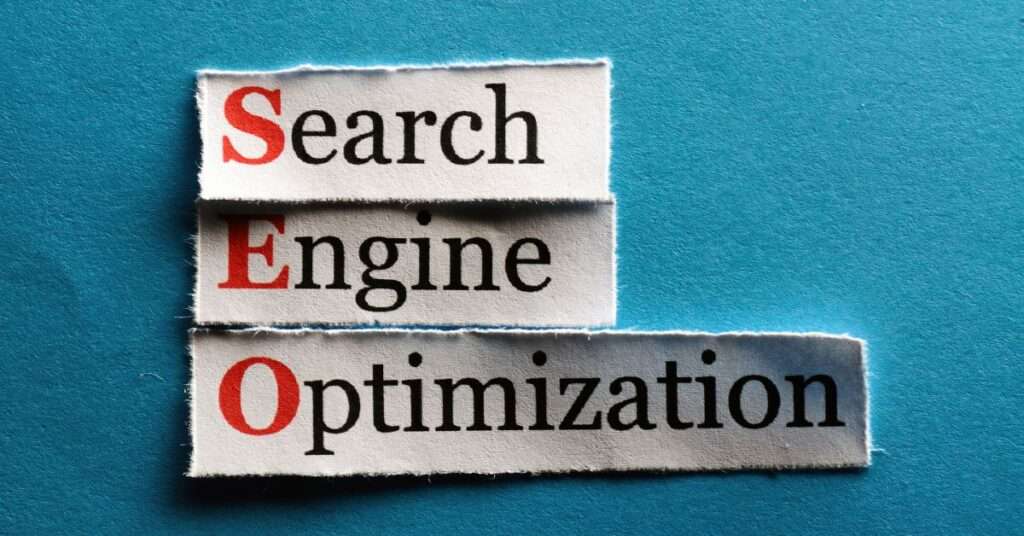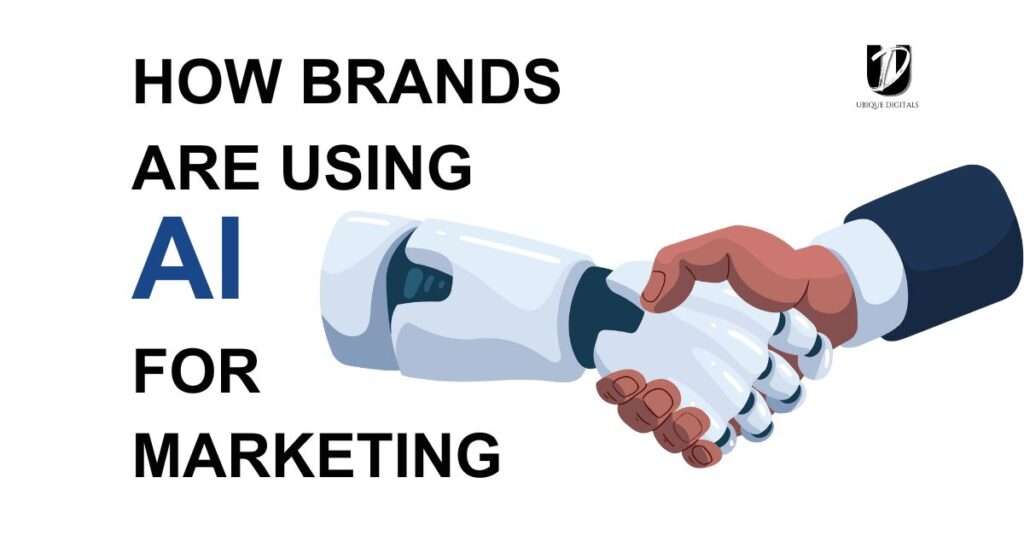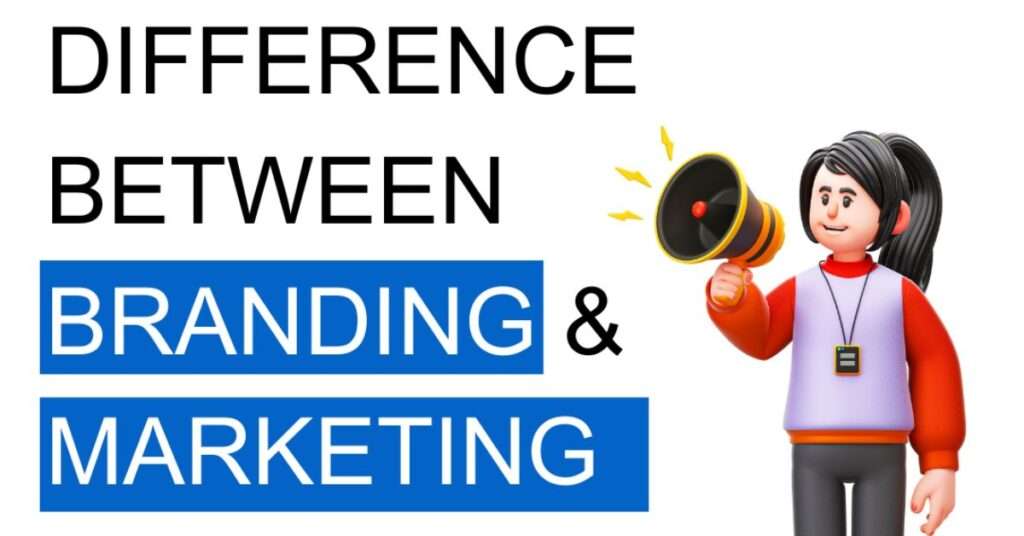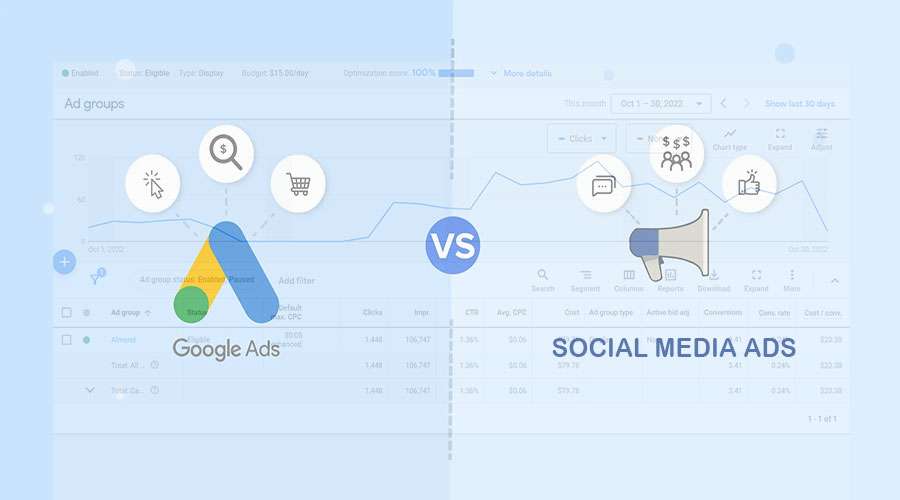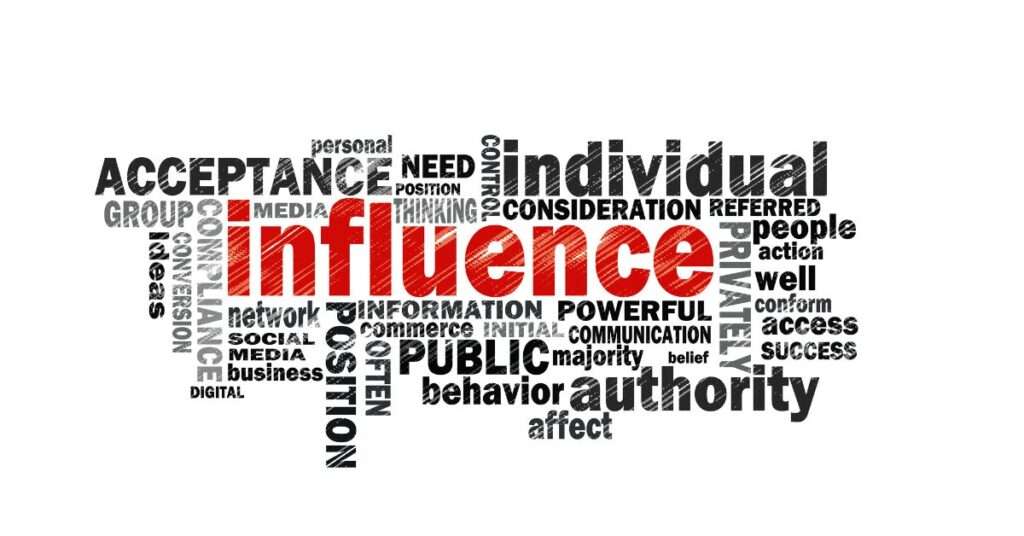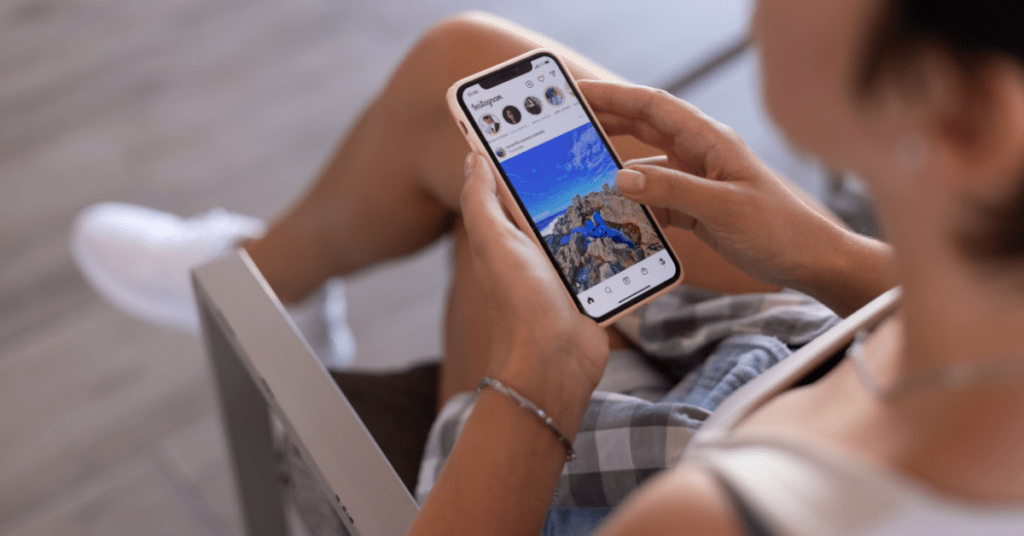Google Search Results Update June 2024
The landscape of Google search results is constantly evolving, and 2024 has seen some significant shifts. A recent study by Amsive, a digital marketing agency, revealed a trend favoring e-commerce websites and user-generated content (UGC) platforms in search rankings. This has important implications for various online businesses, particularly those relying on product reviews and affiliate marketing. Ecommerce Takes Center Stage The study found a surge in the visibility of e-commerce websites across numerous commercial search queries. Keywords that previously yielded results dominated by product reviews and affiliate sites are now primarily populated by online retailers. This trend is evident in searches for products like: Bird feeders: Ecommerce stores now occupy all top 10 positions, replacing product review sites that were prominent in the past year. Laptops: The top results exclusively feature e-commerce websites, with some retailers appearing multiple times. Towel warmers: Ecommerce giants like Amazon and Walmart hold multiple listings, pushing affiliate websites out of the top search results. The Power of User-Generated Content Alongside e-commerce, UGC platforms are experiencing a significant rise in search visibility. This trend is particularly noticeable for longer, more specific searches, such as “toys for 2-year-old boys,” where UGC sites are becoming increasingly prominent. Impact on Traditional Strategies These shifts in search rankings present challenges for product review and affiliate websites, which are seeing a decline in visibility for many commercial keywords. Adapting Your Digital Marketing Strategy In light of these changes, product review and affiliate sites need to consider strategic adjustments to maintain traffic and visibility. The study’s authors, Lily Ray and Silvia Gituto, recommend diversifying traffic sources through methods such as: Increased Focus on Digital Media and PR: Building brand awareness and establishing expertise through targeted online publications and media outreach. Enhanced Social Media Engagement: Actively engaging with your audience on relevant social media platforms to drive traffic back to your website. Video Content Creation: Developing video content specifically for platforms like YouTube Shorts and TikTok to capitalize on the growing user base and search potential. Podcast Content Development: Exploring the podcasting landscape to reach a targeted audience and establish yourself as a thought leader in your niche. Active Participation in Online Forums: Engaging in relevant online communities and forums to connect with potential customers and provide valuable insights. Opportunities and Challenges For e-commerce websites, this is a golden opportunity to gain more organic traffic and brand visibility. Leveraging this trend involves encouraging customer reviews and actively incorporating user-generated content on your product pages and marketing materials. Product review and affiliate sites face the need to adapt their strategies. Implementing the diversification tactics mentioned above, such as social media promotion, video content creation, and forum participation, can help compensate for potential losses in Google search traffic. Embracing the growing importance of user-generated content will likely be crucial for continued success in the evolving search landscape. Looking Ahead The digital marketing landscape is constantly in flux, and Google’s search algorithms are no exception. Staying informed about these changes and adapting your SEO strategy accordingly is essential for any online business to thrive. By understanding the rise of e-commerce and user-generated content, you can make informed decisions to maintain a strong presence in search results and reach your target audience effectively. Optimizing this Blog for Search Engines (SEO): Title Tag: Include relevant keywords like “Google Search Updates 2024,” “Ecommerce SEO,” and “User-Generated Content.” Meta Description: Briefly summarize the blog’s content, mentioning the rise of e-commerce and UGC in search results and its impact on SEO strategies. Headings: Use clear and descriptive H2 and H3 headings to structure your content and improve readability. Keywords: Naturally integrate relevant keywords throughout the blog post, but avoid keyword stuffing. Images: Include high-quality images with descriptive alt text for better user experience and image search optimization. Internal Linking: Link to relevant pages on your website that provide further information on SEO or related topics. Outbound Links: Link to credible sources like the Amsive study or other relevant research to support your claims. Mobile-friendliness: Ensure your blog is mobile-friendly for optimal user experience and search engine ranking. Content Quality: Focus on creating high-quality, informative, and engaging content that provides value to your readers. Technical SEO: The Foundation of Success A strong technical SEO foundation is essential for optimal search engine visibility, regardless of content strategy: Website Speed: Ensure your website loads quickly on all devices. Mobile-Friendliness: In today’s mobile-dominant world, having a website that adapts seamlessly to various screen sizes is crucial. Google prioritizes mobile-friendly websites in search results. Structured Data: Implement structured data markup to provide search engines with additional information about your content, potentially leading to richer search results and increased click-through rates. Security: Maintain a secure website with a valid SSL certificate to protect user data and build trust with search engines. Building Backlinks: Still a Ranking Factor While Google’s algorithm prioritizes user experience and content quality, backlinks (links from other websites to yours) remain a significant ranking factor: Create Link-Worthy Content: Develop informative, unique, and valuable content that other websites would naturally want to link to. Guest Blogging: Contribute guest articles to relevant websites in your niche, including a link back to your website in the author bio. Broken Link Building: Identify broken links on relevant websites and reach out to the site owners, suggesting your content as a replacement. Online Community Engagement: Actively participate in online communities and forums related to your industry, providing valuable insights and potentially earning backlinks from other members. Conclusion: A Dynamic Approach to SEO The SEO landscape is constantly evolving, and the recent rise of e-commerce and UGC platforms highlights this dynamism. Businesses need to adopt a comprehensive and adaptable SEO strategy that prioritizes user experience, high-quality content, technical optimization, and strategic backlink building. By staying informed about search engine algorithm updates, understanding user intent, and implementing these strategies, businesses can maintain a strong online presence and reach their target audience effectively in the ever-changing search landscape.
Google Search Results Update June 2024 Read More »

